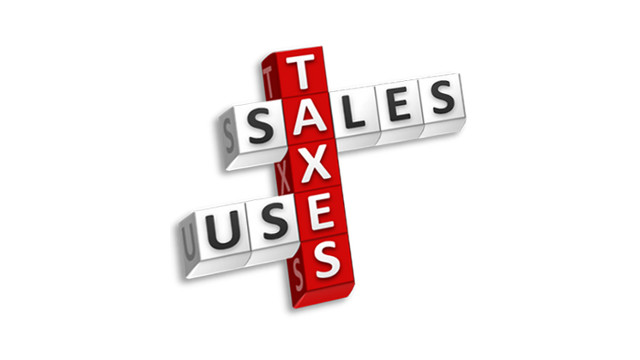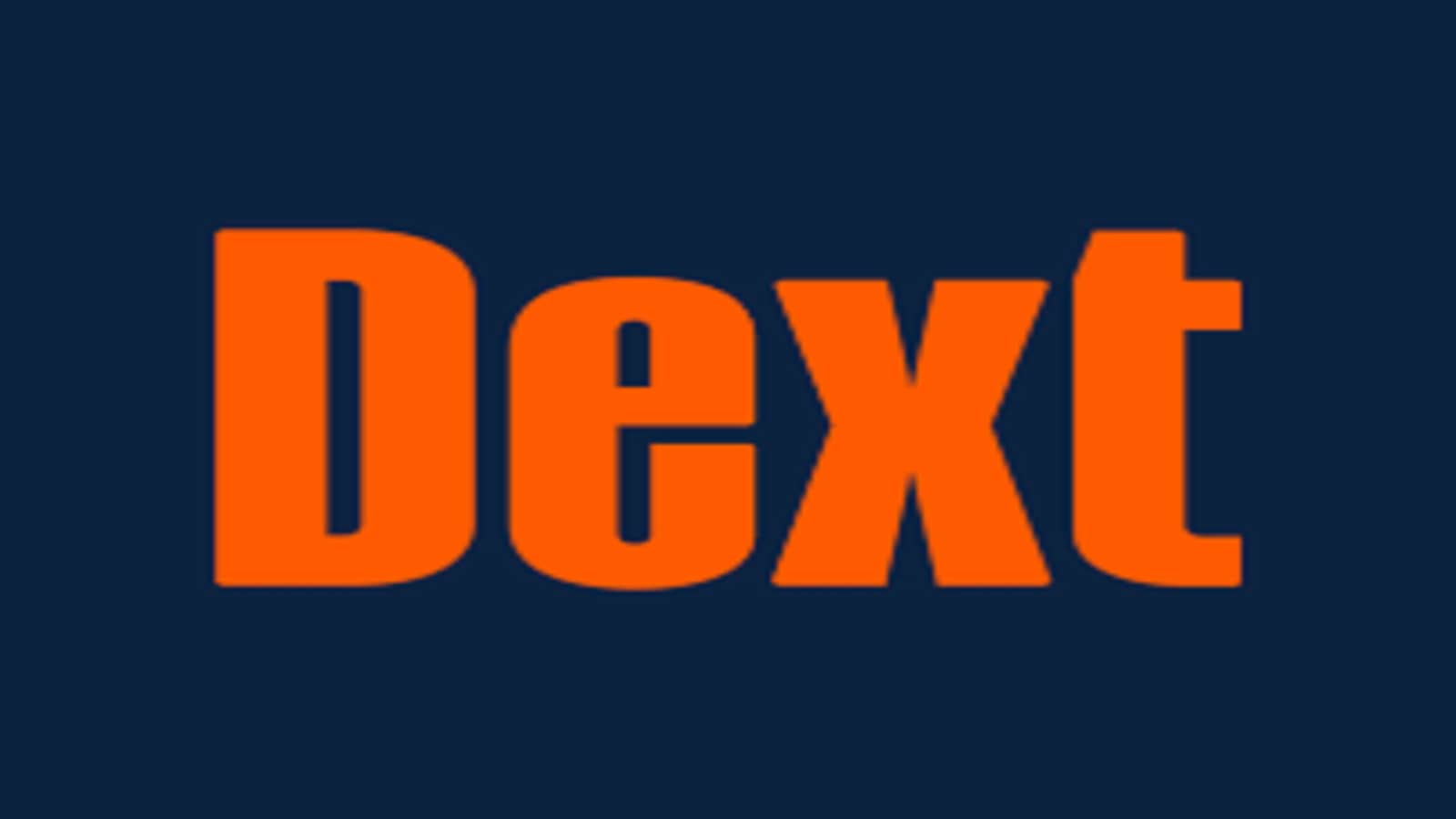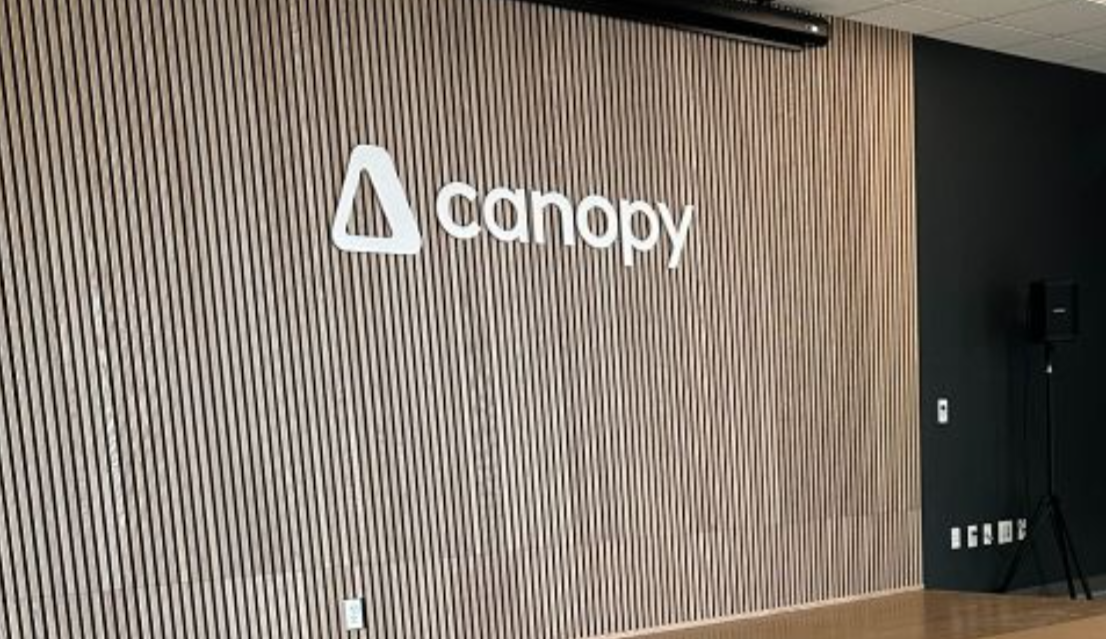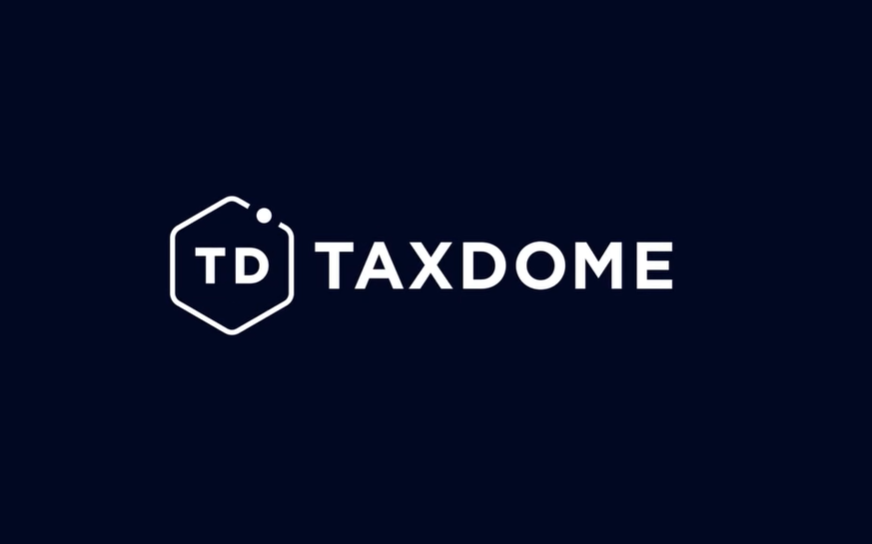Nearly 18 months after the pandemic sent states and local jurisdictions searching for emergency funding to keep citizens services running and help prop up economies, the same localities are making transaction tax a bigger part of their revenue streams.
Thankfully, due to federal aid, most states continue to weather the economic and fiscal challenges they face as a result of the pandemic. But without the guarantee of more money from Congress, states and other local districts and jurisdictions are looking for ways to build up their revenue streams in order to fund operations.
In more daunting cases, a handful of states whose revenues rely on taxes generated by energy, transportation, tourism and other hard-hit industries still face steep budget gaps. Many local jurisdictions are struggling to rebound as well.
Broadening the tax base through new transaction taxes or raising transaction tax rates is proving to be a popular way to handle both of those situations.
The Year So Far
Tax authorities have one of two levers with which to generate revenue in response to budget shortfalls—they can raise tax rates or expand the tax base. So far, in the very beginning of the COVID era, it appears that more tax jurisdictions are leaning toward base expansion.
New district sales taxes have been rising at a rapid clip this year. These include school districts, fire districts or any public service not contained in a city, state or county budget. Through the end of July, 163 new district taxes have been enacted. During the first six months of 2020, only 88 new district taxes materialized.
If the current pace continues for the rest of the year, 2021 would see the enactment of a record number of new district taxes, exceeding the 237 new district taxes that appeared in 2017.
Beyond that, both districts and cities have seen elevated levels of sales tax rate changes. Through July, there were 34 district rate changes. That’s compared to 36 for all of 2020. Cities are set for a record pace of sales tax rate changes. So far there have been 191 through July. The record, set in 2017, stands at 254 city rate changes.
What Comes Next
Sales and transaction taxes already represent a substantial component of total state and local revenue—an average of 33%—in jurisdictions that charge sales and use tax. Compared to income and property taxes it’s far easier to administer, collect and audit sales tax since there are fewer exemptions and collections happening on a more frequent basis.
Because of that, sales tax will continue to proliferate and probably become a greater part of the overall revenue picture for state and local governments. That doesn’t just mean higher sales taxes. In fact, it will most likely mean new transaction taxes. Various forms of digital taxation, including extending sales taxes to streaming video and music services will continue to proliferate tax policy discussions in 2021 and beyond.
Indirect tax teams should also continue to monitor ongoing post-Wayfair VAT changes internationally. For example, in Europe, marketplaces and online vendors had a very short window to prepare for VAT e-commerce changes that took effect in the European Union (EU) on July 1, 2021.
How to deal with it
Small and mid-market companies have to find efficient and effective ways to track and comply with all these new taxes and rate changes. Many of them are turning to cloud-based tax technology.
These solutions are attractive for a few reasons, including their implementation speed and ease of use. Vendors—not tax teams—continually update the software to reflect the latest sales tax rules and rate changes so nothing is missed.
A good cloud-based tax platform will take everything from jurisdiction identification and exemption management to compliance and integrations. Beyond that, cloud solutions scale quickly and easily, and subscription options mean there’s a good fit for almost any company.
Put more simply, a cloud-based system can automate the end-to-end tax process to improve accuracy and increase internal efficiency. This means fewer audits and even fewer surprises.
With states and other local tax jurisdictions searching for new sources of tax revenue coupled with the record setting pace of new and higher sales taxes, companies cannot afford to take on the task by themselves.
The ongoing pandemic landscape is still being shaped and things are bound to get more complex. Finding a technology partner to track and integrate every applicable tax change is critical to compliance and avoiding costly audits.
====
Michael Bernard is chief tax officer for Vertex Inc.
Thanks for reading CPA Practice Advisor!
Subscribe Already registered? Log In
Need more information? Read the FAQs
Tags: Sales Tax




